BMW Has dedicated decades to crafting some of the world's most renowned performance engines. However, its influence extends well past its own models. Various other car manufacturers—including both lesser-known brands and prestigious legends—have utilized BMW’s engine expertise to enhance their own high-performance vehicles. performance These machines breathe life into their designs. They're not merely rebranded BMWs; instead, they are distinctive vehicles that leveraged BMW engines to accomplish something extraordinary.
This lineup highlights ten non-BMW vehicles that embraced a BMW engine and excelled with it – at high speeds. Ranging from luxurious sedans to intense racetrack performers, each one demonstrates the capabilities of BMW’s powerplants when placed under the hood of innovative designs.
To qualify, every vehicle needed to originate from a distinct automaker and feature an engine sourced directly from BMW at the factory level. Aftermarket modifications or custom builds were not allowed. Solely standard production vehicles were eligible. The list ranks them based on their 0-60 mph acceleration times, starting with the slowest and ending with the quickest.
Bentley Arnage Green Label
0–60 MPH: 6.4 seconds
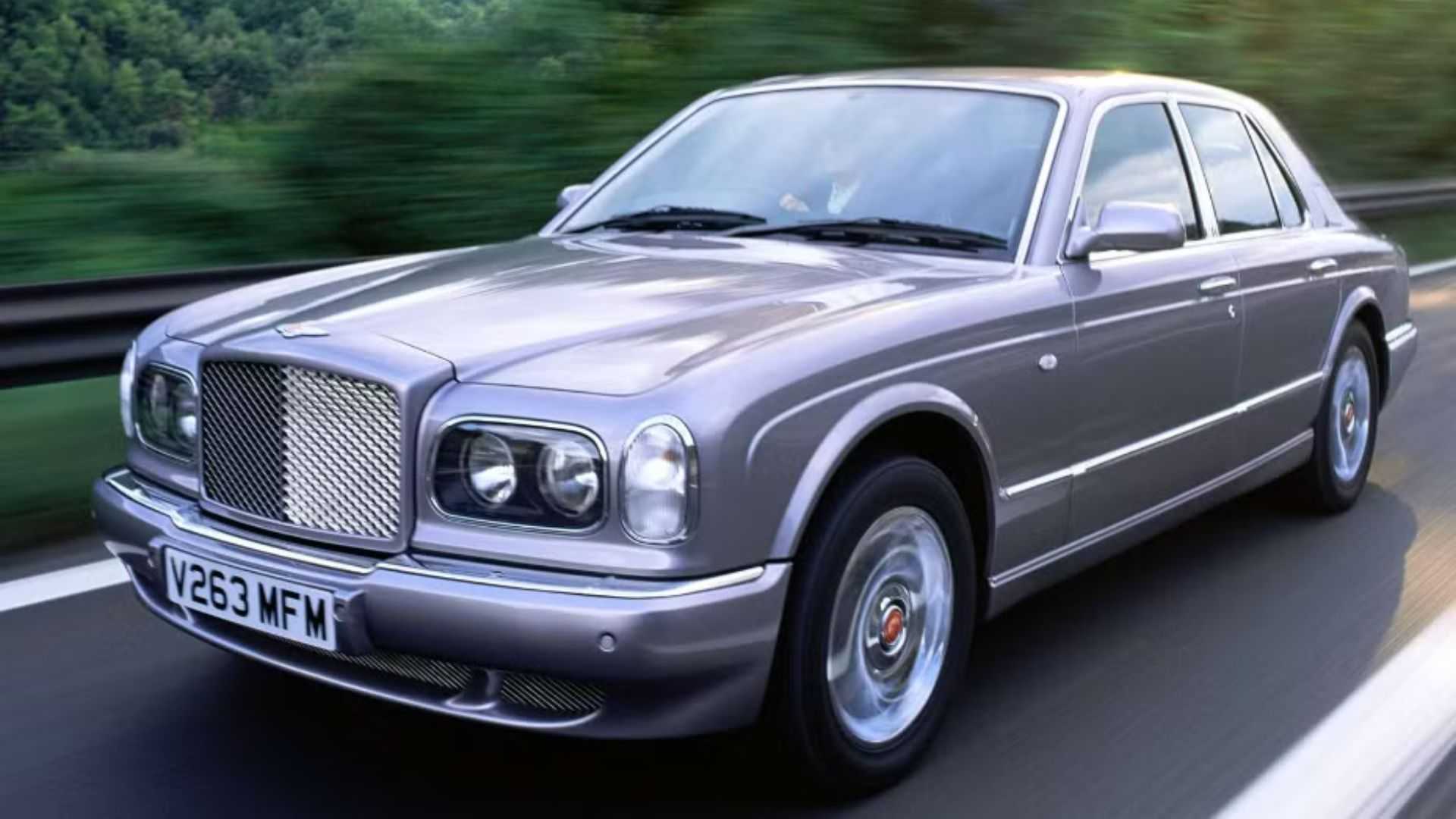
Bentley Arnage Green Label Principal Features
Source: Bentley
The Bentley Arnage Green Label Bentley's initial effort to revamp its outdated top model with external assistance—particularly from BMW—marked their first contemporary approach. This vehicle featured a powerful 4.4-liter bi-turbo BMW V8 engine under its expansive hood. The engine delivered approximately 350 horsepower, enabling the substantial Arnage to accelerate from 0 to 60 mph in about 6.4 seconds.
It may not seem impressive now, but back in 1998, accelerating almost 5,500 pounds of British leather and timber at such speed was quite an achievement. The Green Label had a limited production run prior to Bentley returning to their classic 6.75-liter V8 engine. This makes the model powered by BMW stand out as a distinctive period in Bentley’s timeline.
Rolls-Royce Phantom
0–60 MPH: 5.1 seconds
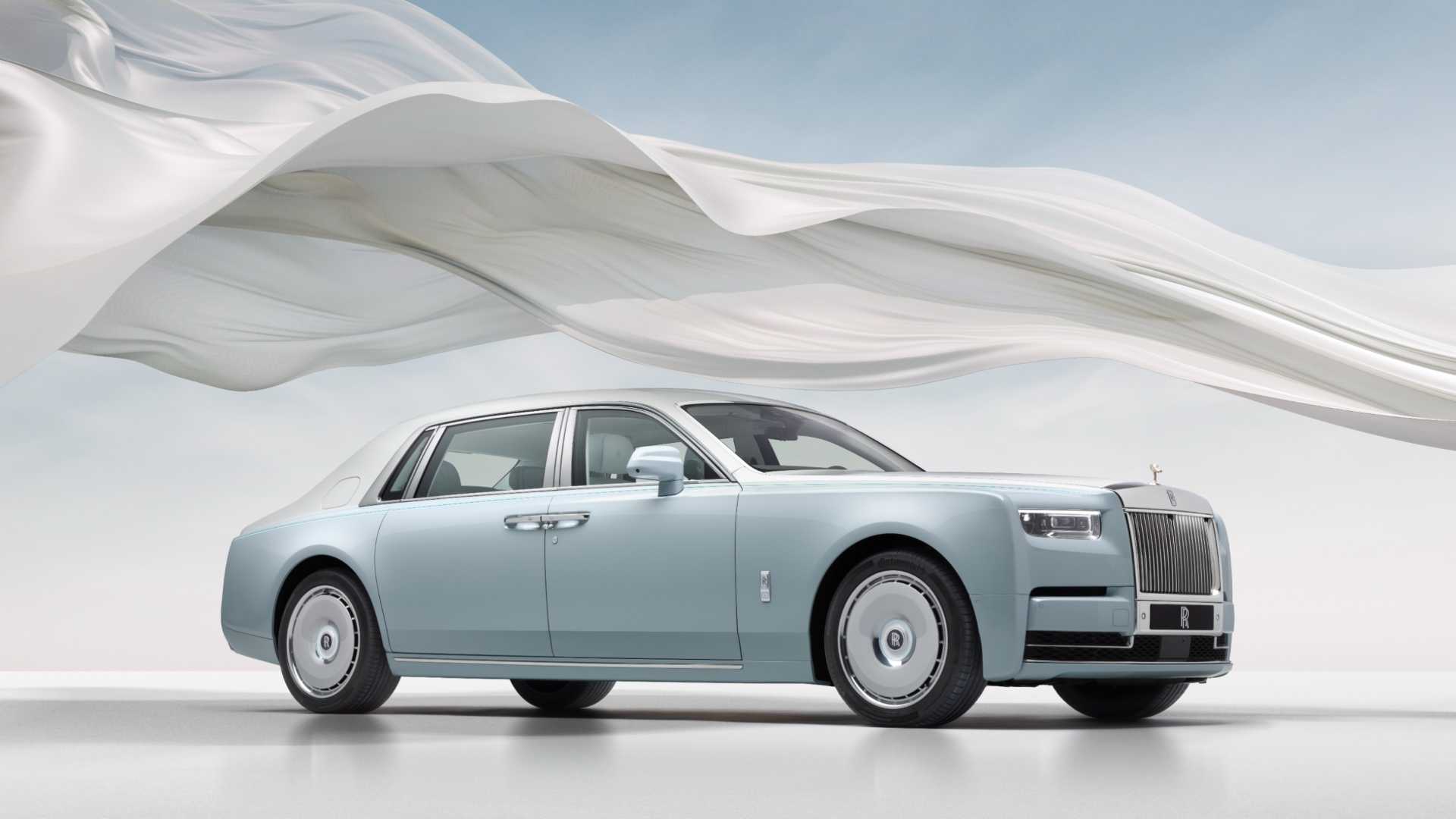
Rolls-Royce Key Specs
Source: Rolls-Royce
BMW owns Rolls-Royce, yet their vehicles undergo separate engineering and production processes—thus qualifying them accordingly. Phantom utilizes a naturally aspirated 6.75-liter V12 engine crafted by BMW. This powerplant produces approximately 453 horsepower and enables the 5,600-pound saloon to accelerate from rest to 60 mph in merely 5.1 seconds.
This isn’t meant for drag races at traffic lights, yet its velocity stands out considering its dimensions and quietness. The way it delivers force is elegant—true to the ethos of both Rolls-Royce and BMW.
De Tomaso Guarà
0–60 MPH: 5.0 seconds
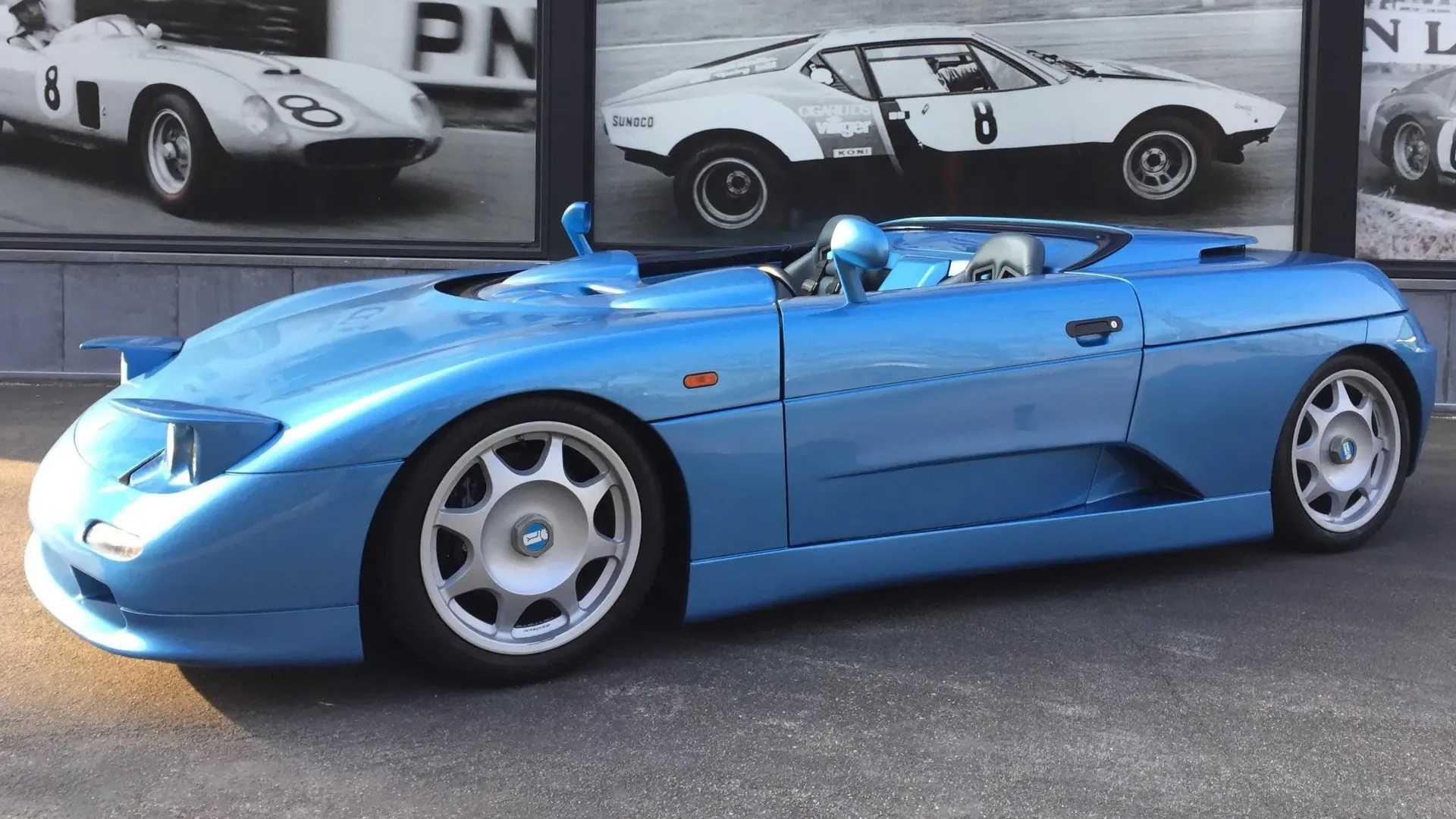
De Tomaso Guara Major Features
Source: De Tomaso
The De Tomaso Guarà This distinctive model emerged from a brand famous for the Pantera, yet this '90s anomaly stood out uniquely. Crafted by Carlo Gaino, who also designed the Ferrari Mythos, the Guarà featured an ultralight carbon-kevlar body paired with a BMW M60 V8 engine. This 4.0-liter powerplant produced approximately 280 horsepower.
It could accelerate from zero to 60 miles per hour in just 5.0 seconds due to its lightweight design and mid-engine configuration. Despite having precise and agile handling, the Guarà's appearance was divisive, preventing it from gaining widespread popularity. Nevertheless, it remains an intriguing application of BMW engine technology—perhaps even more so because of its niche appeal.
Toyota Supra MKV (2.0)
0-60 MPH: 4.8 Seconds
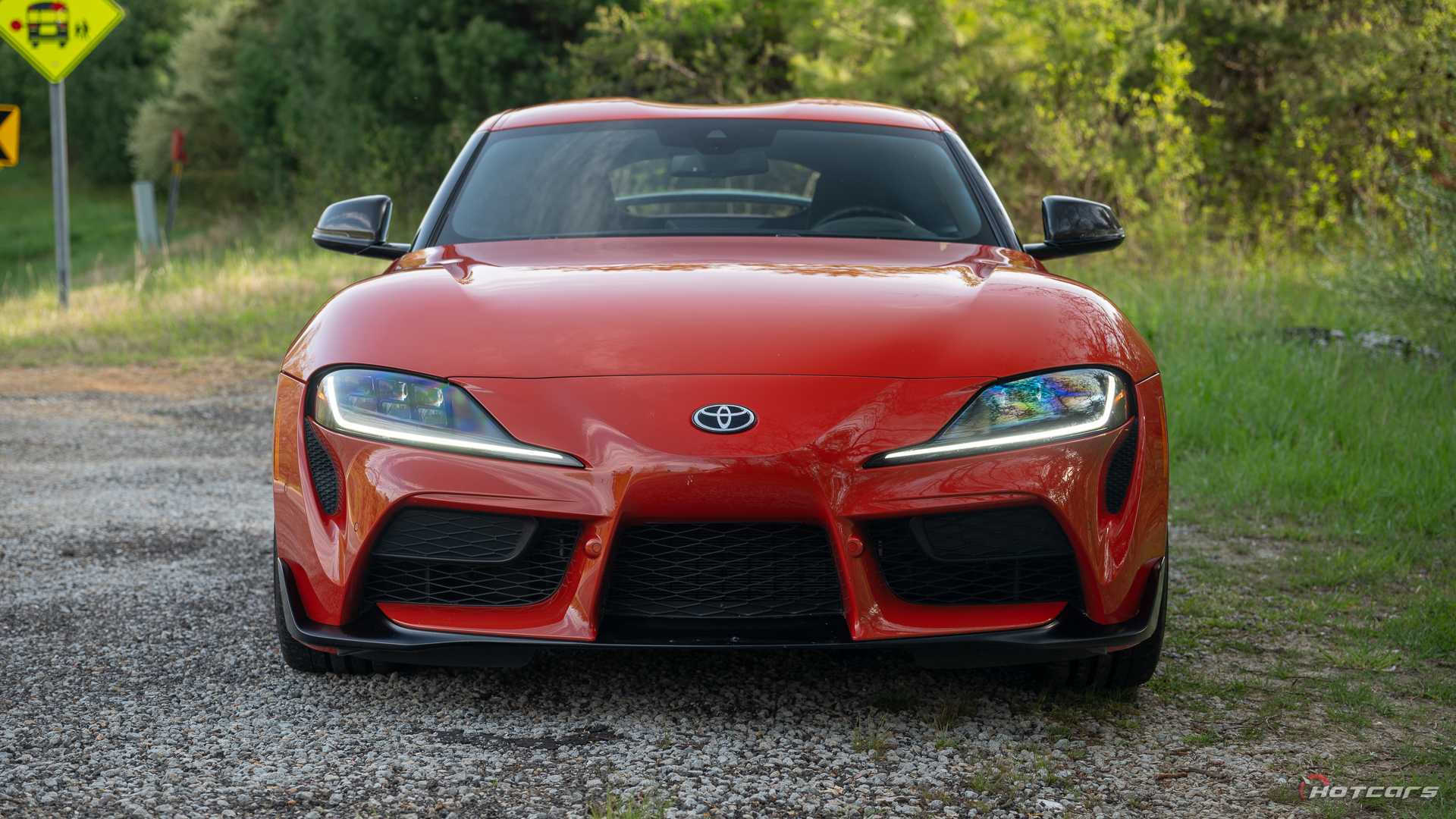
Supra 2.0 MKV Specs
Source: Toyota
Commonly criticized for being an underwhelming counterpart to the Supra due to its less powerful engine, the four-cylinder MKV Supra stands out today as one of the most undervalued performance bargains available. In fact, this model boasts significantly more horsepower—258 hp—from its B48 four-cylinder engine compared to what’s often publicized, much like its bigger-engined brother, the B58. Apart from minor distinctions such as distinct wheels, diminutive exhaust outlets, and varied brake calipers, the outward appearance and cabin layout remain nearly identical between the 2.0-liter variant and its 3.0-liter equivalent. Furthermore, the 2.0-liter Supra shares the same high-performing 8-speed ZF gearbox and sizable 275-section rear tires found in the higher-displacement edition. Coupled with substantial turbo-assisted thrust, these features enable the 2.0-liter Supra to sprint from zero to sixty miles per hour in merely 4.8 seconds—a remarkable feat for a vehicle in its class.
Ascari Ecosse
0–60 MPH: 4.0 seconds

Ascari Ecosse Key Specs
Source: Ascari
Ascari It was a brief yet notable British marque that crafted several impressively performing vehicles. The Ecosse model featured aBMW 4.4-liter V8 engine fine-tuned for approximately 300 horsepower. Given its kerb weight of less than 3,000 pounds, this car accelerated swiftly from 0 to 60 mph in just 4.0 seconds precisely.
Ascari crafted the Ecosse for those enthusiasts craving the allure of an exotic sports car coupled with robust track performance. Despite not achieving widespread popularity, the Ecosse remains highly prized among collectors due to its exclusivity and unadulterated driving experience.
Wiesmann GT MF5
0–60 MPH: 3.9 seconds
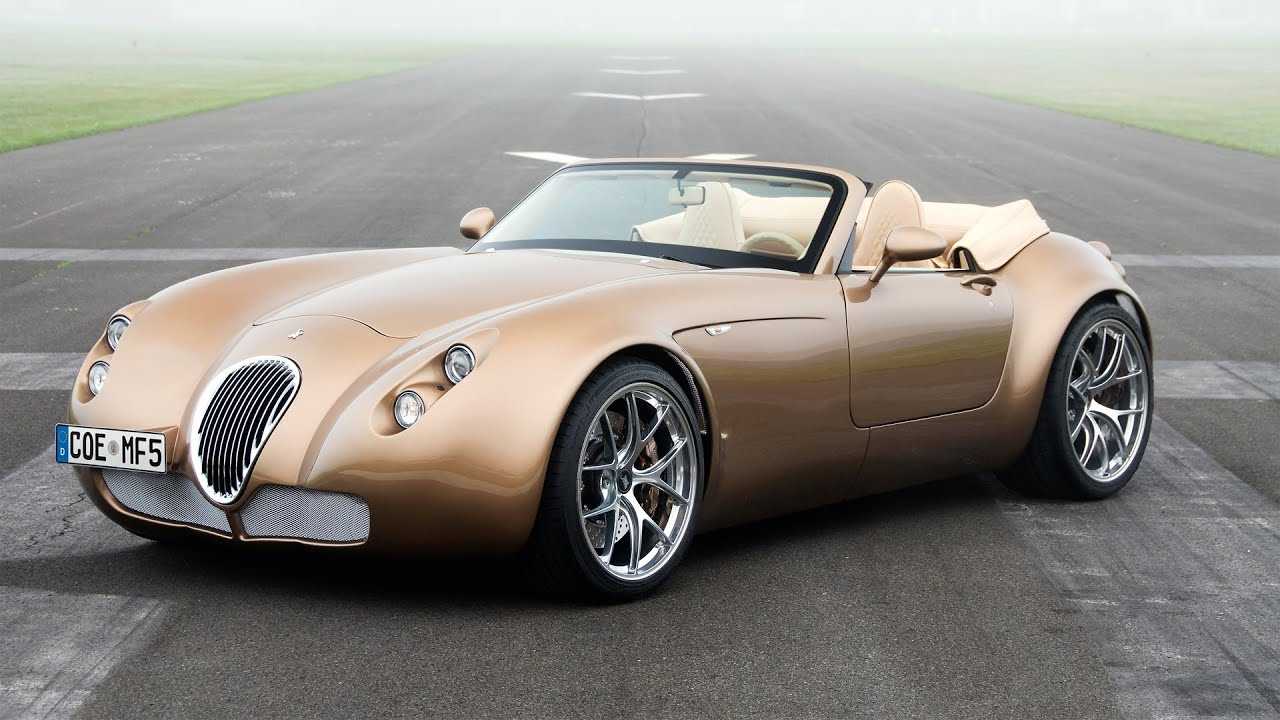
Key Specifications of the Wiesemann GT MF5
Source: Wiesmann
The Wiesmann GT MF5 went even beyond what the MF4 achieved. Rather than using a V8 engine, it incorporated the BMW M5’s 5.0-liter V10—an engine renowned for its ability to rev highly efficiently. Boasting an output of 507 horsepower and capable of accelerating from 0 to 60 mph in just 3.9 seconds, the MF5 combined raw power with stunning aesthetics.
This blazing performance was paired with Wiesmann’s characteristic style – flowing bodywork, bespoke construction, and rear-wheel-drive excitement. It stands out as both uncommonly rare and remarkably polished simultaneously.
Morgan Plus Six
0–60 MPH: 3.9 seconds
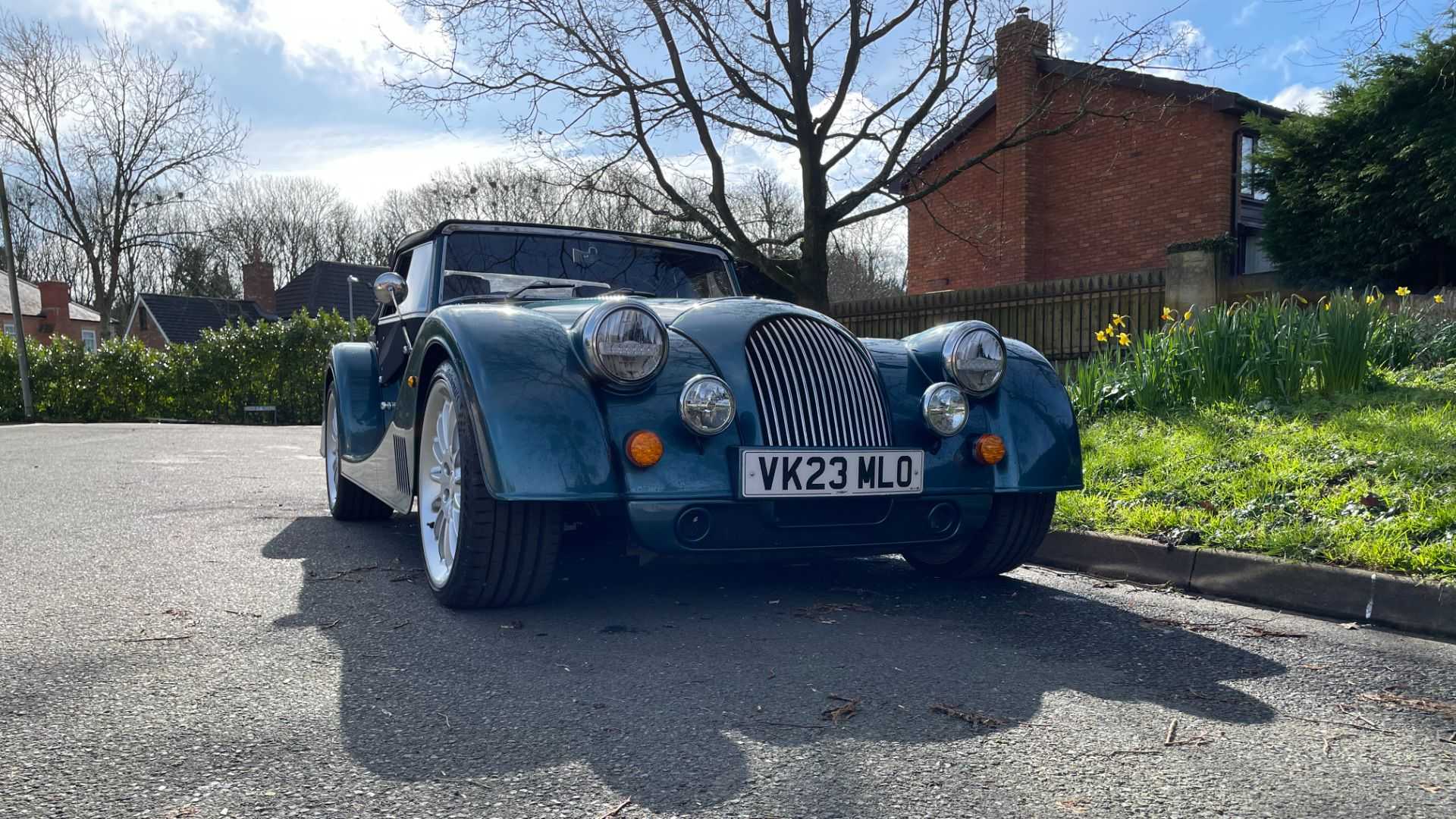
Morgan Plus Six Key Specs
Source: Morgan
While it looks like it rolled out of the 1940s, the Morgan Plus Six is thoroughly modern under the skin. Its 3.0-liter turbocharged BMW inline-six (from the Z4 M40i) pushes out 335 horsepower. Combined with a lightweight aluminum chassis, it hits 60 mph in just 3.9 seconds.
Morgan’s secret weapon is that power-to-weight ratio. There’s no excess – just a stripped-down, raw driving experience with a strong BMW backbone.
Toyota Supra MKV (3.0)
0–60 MPH: 3.9 seconds

Toyota Supra Key Specs
Source: Toyota
The Toyota Supra MK5 generated considerable discussion upon its release—primarily due to its connection with BMW. Mechanically, it borrows its chassis and engine from the BMW Z4 M40i. This includes a 3.0-liter twin-turbo inline six-cylinder engine that delivers 382 horsepower.
Even with the collaboration, the Supra maintains its distinct appearance and character. It accelerates remarkably quickly, reaching 60 mph in just 3.7 seconds. Powered by BMW technology and enhanced by Japanese expertise, it delivers a signature performance.
Range Rover Sport SV
0–60 MPH: 3.6 seconds

Range Rover Sport SV Main Features
Source: Land Rover
The latest Range Rover Sport SV It could be a high-end SUV, yet it boasts impressive power beneath its exterior. In 2024, Land Rover replaced the engine with BMW’s 4.4-liter twin-turbo V8, which generates 626 horsepower. This change makes this large SUV accelerate from zero to sixty miles per hour in just 3.6 seconds.
Even though it tips the scales at more than 5,500 pounds, the Range Rover Sport SV outpaces many sports sedans. This beast is remarkably silent—elegant, opulent, and astonishingly swift due to its adopted Teutonic engine.
McLaren F1
0–60 MPH: 3.2 seconds

McLaren F1 Key Specs
Source: McLaren
The McLaren F1 Isn't merely quick – it's groundbreaking. For several years, it held the title of the quickest production vehicle globally, largely due to itsBMW-engineered powerplant. The German automaker’s performance arm crafted a custom 6.1-liter V12 exclusively for this model, delivering an impressive output of 618 horsepower.
It could accelerate from 0 to 60 mph in just 3.2 seconds – an astonishing figure for the '90s era. Beyond that, the F1 model was notable for being lightweight, well-balanced, and exhilarating at all speeds. This vehicle represents the pinnacle ofBMW's engineering prowess manifesting in a highly ambitious project.

Posting Komentar
Posting Komentar